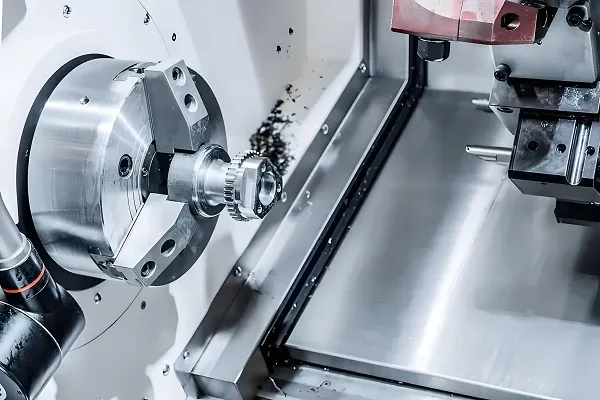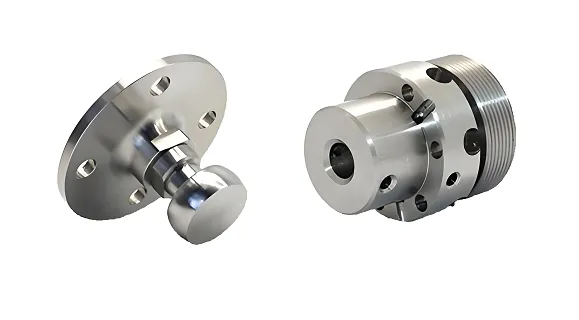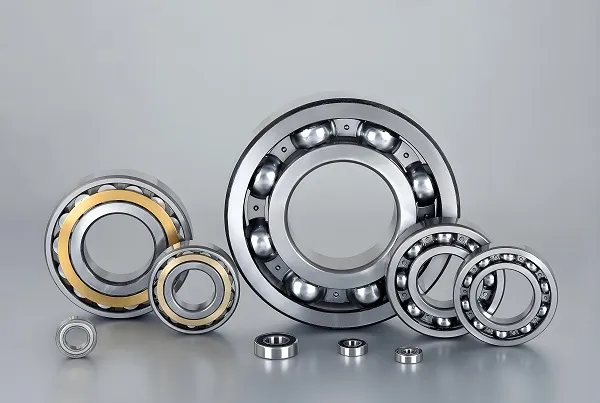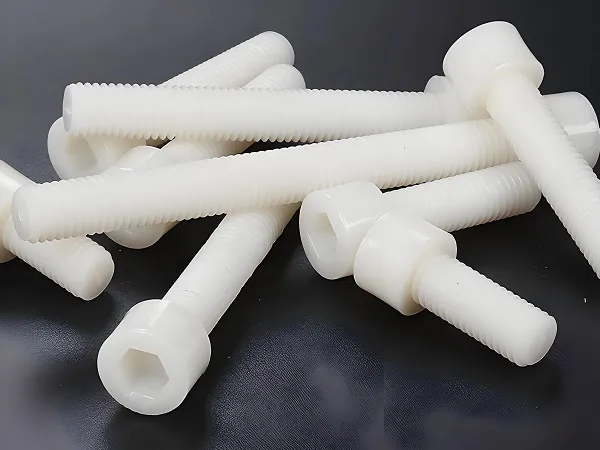
Q1: What Are Custom Wooden Wheels, and When Do You Need Them Instead of Standard Wheels?
|
Feature
|
Custom Wooden Wheels
|
Standard Wooden Wheels
|
|
Size Flexibility
|
Diameter 50mm–1000mm; width 20mm–100mm
|
Fixed sizes (100mm/125mm/150mm diameter)
|
|
Load Capacity
|
50kg–500kg (tailored to material/structure)
|
20kg–50kg (light-duty only)
|
|
Material Selection
|
Matched to use (e.g., oak for load, walnut for decor)
|
Generic softwoods (pine) or low-grade hardwoods
|
|
Structural Design
|
Custom spokes/hubs (e.g., 6-spoke for stability)
|
Fixed 4-spoke or solid disc (no customization)
|
|
Surface Finish
|
Tailored (e.g., weathered for vintage, glossy for furniture)
|
Generic clear coat (no style options)
|
- Restoring vintage vehicles (e.g., 1920s horse-drawn carts needing 600mm diameter wheels).
- Industrial hand carts (needing 150kg load capacity for warehouse use).
- Artisanal furniture (e.g., a coffee table with 200mm carved wooden wheels as legs).
Q2: Which Wood Species Are Best for Custom Wooden Wheels? How to Match Wood to Use Case?
|
Wood Species
|
Janka Hardness (Lb)
|
Moisture Resistance
|
Max Load Capacity¹
|
Best Custom Use Case
|
Pros
|
Cons
|
|
White Oak
|
1,360
|
Excellent
|
300–500kg
|
Industrial hand carts, vintage wagons
|
Resists dents/rot; stable grain
|
Heavy (may require reinforced hubs)
|
|
Ash (White)
|
1,320
|
Good
|
200–350kg
|
Utility carts, indoor furniture wheels
|
Flexible (absorbs impact); easy to shape
|
Less moisture-resistant (avoid outdoor)
|
|
Black Walnut
|
1,010
|
Moderate
|
50–150kg
|
Decorative furniture, prop wheels
|
Rich color; carves well for patterns
|
Soft for heavy loads (prone to warping)
|
|
Teak
|
1,155
|
Excellent
|
250–400kg
|
Outdoor carts, garden furniture
|
Natural oil repels water; no sealing needed
|
Expensive ((150–)200/sq.m)
|
|
Pine (Yellow)
|
690
|
Low
|
20–50kg
|
Light decorative props (e.g., toy carts)
|
Affordable; lightweight
|
Soft (dents/cracks under stress)
|
- Heavy load (>200kg) + indoor/outdoor: White oak or teak.
- Medium load (50–200kg) + indoor: Ash or walnut.
- Decorative/low load (<50kg): Walnut or pine (if cost is a priority).
Q3: What Is the Technical Process for Manufacturing Custom Wooden Wheels?
- Design & Engineering (Critical for Customization)
-
- Use CAD software (e.g., Fusion 360) to model:
-
-
- Size: Diameter, width, hub bore (to fit axles—e.g., 20mm bore for 19mm axle, tolerance H7/g6).
-
-
-
- Structure: Spoke count (4–8 spokes; more spokes = higher load—e.g., 8 spokes for 500kg load), hub thickness (25–50mm, proportional to load).
-
-
-
- Details: Carved patterns (e.g., floral motifs for furniture) or weathered textures (for vintage restorations).
-
-
- Key Check: Run stress simulation (via CAD) to ensure spokes/hubs can handle the target load—avoid “over-design” (wasting material) or “under-design” (failure risk).
- Lumber Preparation
-
- Select FAS-grade lumber (<10% defects) and cut into blanks:
-
-
- Hub blank: 2x the final hub diameter (e.g., 100mm blank for 50mm hub) to allow for turning.
-
-
-
- Spoke blanks: Rectangular strips (25mm×25mm×length of spoke) with grain parallel to length (critical for strength).
-
-
- Kiln-dry to 8–12% moisture content—custom wheels with >15% moisture will shrink/warp post-installation.
- Hub & Rim Turning
-
- Use a CNC lathe (for precision) or manual lathe (for artisanal work) to shape the hub:
-
-
- Hub: Bore the center hole (axle fit) with ±0.1mm precision—loose fit causes wobble; tight fit prevents rotation.
-
-
-
- Rim: Turn the outer edge to the target diameter (e.g., 300mm) with a 5–10mm radius (avoids sharp edges that crack).
-
-
- For Solid Disc Wheels (no spokes, e.g., small furniture wheels): Use a CNC router to cut the disc shape, then sand edges.
- Spoke Manufacturing (For Load-Bearing Wheels)
-
- Cut spokes from blanks using a miter saw (angle cuts for hub/rim connection—typically 15–30°).
-
- Shape spoke ends with a router to fit “mortise” (slot) in hub/rim—use a template to ensure all spokes are identical (uneven spokes cause imbalance).
-
- Reinforcement: For loads >300kg, insert steel rods (6mm diameter) into the center of spokes (drill a 6mm hole along spoke length) to boost strength.
- Assembly
-
- Glue spokes to hub/rim using wood-to-wood construction adhesive (e.g., Titebond III) + mechanical fasteners (brass screws, 8mm diameter) for extra hold.
-
- Clamp the assembly and let dry 24–48 hours—use a square to ensure spokes are evenly spaced (±1°) and perpendicular to the hub (prevents wobble).
- Surface Shaping (Custom Details)
-
- For carved patterns: Use a CNC router (±0.2mm precision) to cut designs into the rim or spokes—hand-carve for intricate details (e.g., vintage scrollwork).
-
- For weathered texture: Sand the surface with 80-grit sandpaper (creates rough texture), then apply a wood stain with a “rub-off” technique (wipes off high spots to mimic age).
- Finishing (Matched to Environment)
-
- Indoor custom wheels: 2 coats of water-based polyurethane (low VOC) + 1 coat of paste wax (adds slip resistance for rolling wheels).
-
- Outdoor custom wheels: 3 coats of oil-based polyurethane (moisture-resistant) or teak oil (for teak wheels—enhances natural water resistance).
-
- Drying Time: Allow 6–8 hours between coats—rush drying leads to “tacky” finish that peels when rolling.
Q4: What Technical Specifications Must Custom Wooden Wheels Meet? (Size, Load, Balance)
- Size Tolerances
-
- Diameter: ±1mm (e.g., a 300mm custom wheel must measure 299–301mm)—larger deviation causes uneven rolling.
-
- Hub Bore: H7 tolerance (e.g., 20mm bore = 20.021–20mm)—ensures a snug fit with axles (g6 tolerance: 19.987–19.974mm).
-
- Width: ±0.5mm (e.g., 50mm width = 49.5–50.5mm)—prevents side-to-side movement on axles.
- Load Capacity
-
- Calculated by: Wood species (Janka hardness), spoke count, and hub thickness.
-
- Formula Example: White oak wheel (1,360 Lb Janka) + 6 spokes + 40mm hub = ~400kg max load.
-
- Testing: For critical applications (e.g., industrial carts), conduct a static load test—apply 1.5x the target load for 24 hours; no cracks or permanent deformation = pass.
- Balance
-
- Static Balance: Weight distribution must be even—error <5g (e.g., a 2kg wheel can’t have a 5g heavy spot). Test using a wheel balancer (or suspend the wheel on an axle; it should rest in any position, not favor one side).
-
- Dynamic Balance: For wheels that roll at >5km/h (e.g., utility carts), dynamic balance error <10g—unbalanced wheels cause vibration and premature wear.
Q5: How to Install Custom Wooden Wheels Correctly? What Are the Technical Pitfalls?
- Axle-Wheel Fit
-
- Ensure axle diameter matches hub bore (H7/g6 tolerance):
-
-
- Too loose (e.g., 20mm bore + 18mm axle): Wheel wobbles, wears hub prematurely. Fix: Add a brass bushing (18mm ID, 20mm OD) to the bore.
-
-
-
- Too tight (e.g., 20mm bore + 20.03mm axle): Wheel won’t rotate. Fix: Sand the bore lightly with 240-grit sandpaper (reduce diameter by 0.02–0.03mm).
-
- Fasteners & Securing
-
- Use a “locknut + washer” (stainless steel for outdoor use) to secure the wheel to the axle—avoid regular nuts (loosen with vibration).
-
- Torque the nut to 15–20 N·m (for 8mm axle)—too tight crushes the hub; too loose lets the wheel slide.
- Alignment
-
- For multi-wheel applications (e.g., 4-wheel cart):
-
-
- Use a laser level to ensure all wheels are parallel (±0.5°) and at the same height (±1mm).
-
-
-
- Misaligned wheels cause “drag” (hard to push) and uneven wear—e.g., a wheel tilted 2° will wear 50% faster.
-
- Pitfall 1: Using a steel axle with an untreated wood hub (outdoor use).
-
- Issue: Steel rusts, binds with wood. Fix: Coat the axle with anti-rust oil or use a stainless steel axle.
- Pitfall 2: Skipping washers between nut and hub.
-
- Issue: Nut digs into wood, damaging the hub. Fix: Use a flat washer + lock washer to distribute pressure.
Q6: How to Maintain Custom Wooden Wheels to Extend Lifespan?
- Indoor Custom Wheels (Furniture, Light Carts)
-
- Weekly: Wipe with a dry microfiber cloth to remove dust (prevents scratches).
-
- Monthly: Apply a thin coat of paste wax (buff with a cloth)—restores slip resistance for rolling wheels.
-
- Annually: Check hub tightness—retorque nuts to 15–20 N·m if loose.
- Outdoor Custom Wheels (Garden Carts, Vintage Wagons)
-
- Biweekly: Rinse with low-pressure water (high pressure damages finish) to remove dirt.
-
- Quarterly: Reapply oil-based polyurethane (for non-teak wheels) or teak oil (for teak wheels)—check for peeling finish first (sand lightly before recoating).
-
- Semi-Annually: Inspect spokes/hub for cracks—fill small cracks (<2mm) with wood epoxy; replace the wheel if cracks are >2mm (safety risk).
- Heavy-Load Custom Wheels (Industrial Carts)
-
- Monthly: Check axle-wheels fit—remove rust from axles (use steel wool) and apply anti-rust oil.
-
- Bi-Monthly: Inspect spoke connections—re-glue loose spokes and add a brass screw for reinforcement.
Q7: What Are the Most Common Custom Wooden Wheel Failures? How to Prevent Them?
|
Failure Type
|
Cause
|
Prevention
|
|
Spoke Cracking
|
Cross-grain spokes, insufficient glue, or overloading.
|
Use longitudinal-grain spokes; apply 2 coats of adhesive + screws; never exceed rated load.
|
|
Hub Warping
|
Moisture >15% during manufacturing, or outdoor use without finish.
|
Kiln-dry wood to 8–12%; apply oil-based finish (outdoor) or water-based (indoor).
|
|
Wheel Wobble
|
Uneven spokes, poor balance, or misalignment.
|
Use a template for spoke cutting; balance wheels (error <5g); align wheels with a laser level.
|
|
Hub Bore Wear
|
Loose axle fit, or steel axle rust binding with wood.
|
Use H7/g6 tolerance fit; coat axles with anti-rust oil (outdoor) or use stainless steel axles.
|
Final Thoughts: Custom Wooden Wheels—Balance Function & Design
- Kiln-dried wood (8–12% moisture) to avoid warping.
- Proper spoke count/hub thickness for load capacity.
- Precision installation (axle fit, alignment) to ensure smooth performance.






